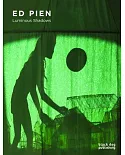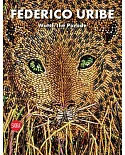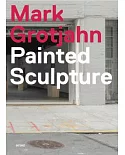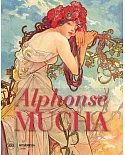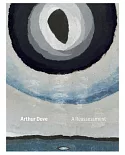A contemporary of Picasso, Matisse and Kandinsky, Goncharova is now recognised as one of the leading Russian artists of the twentieth century. This book traces the development of her art from
its impressionist origins, through a provocative phase of `primitive' style paintings on peasant themes to highly innovative abstract works that rivalled the most daring experiments of the
Cubists and Futurists. As a woman artist she was galvanised by gender issues and addressed them directly in her work. In both her paintings and her behaviour she questioned accepted conventions
and scandalised Russian society. Arrested in 1909 for the alleged pornographic content of her paintings, accused of heresy against the Orthodox Church in 1914 because of her religious work, and
branded a Futurist because she walked about in public with a painted face, Goncharova's large-scale retrospective in Moscow in 1913, in which she exhibited over 700 works, demonstrated to
public and critics alike that she was, unquestionably, one of the greatest painterly talents that Russia had ever produced.
In 1914 Diaghilev, the director of the famous Ballets Russes invited Goncharova to make designs for the Golden Cockerel which was staged at the Paris Opera. The staggering success of this
production opened up new creative horizons for her and she remained in Paris to become one of Diaghilev's `resident' designers. Her work of this period reveals her gifts not only in the field
of stage design but also in book illustration, fashion and textile design, and as one of the leading painters of the famous Ecole de Paris.
In her own day Goncharova was known as an `Amazon' of the Russian avant-garde and was despised by wider society, but now her work may be found in museums and galleries worldwide and is so
highly sought that she has achieved the highest sale price ever recorded at auction for a woman artist. Here is the story of modernism in the arts told from the perspective of one of its
greatest exponents.


